 Abraham Lincoln
If given the truth, the people can be depended upon to meet any national crisis...
Abraham Lincoln
If given the truth, the people can be depended upon to meet any national crisis...
 Guildford news...
for Guildford people, brought to you by Guildford reporters - Guildford's own news service
Guildford news...
for Guildford people, brought to you by Guildford reporters - Guildford's own news service
Beekeeper’s Notes: May 2015
Published on: 18 May, 2015
Updated on: 18 May, 2015
Introducing a new regular column by beekeeper Hugh Coakley from Worplesdon. He has been keeping bees for six years and certainly knows a good deal about about the fascinating and complex lives of bees. In this report he describes a swarm he recently collected.
It is not an everyday job. But for a beekeeper, it is definitely exciting.
This is now the peak season for swarms and I received the call from the warden at the Aldershot Road allotments, bordering Westborough. “Hugh. There’s a swarm here and it’s big”. I couldn’t attend until the next day but it was in my mind all the time. What size would it be? Would it be accessible? Was it a swarm from one of my own hives?
Bees swarm to procreate. With only one queen in a hive, the way bees increase from one colony to two and then four and so on is to swarm. The worker bees decide that it is time to split – not the queen.
The triggers for that decision are complex but it generally happens when the queen is over one year old or when the original hive is overcrowded.
The workers start to produce queen cells – peanut shaped wax cylinders hanging from the comb – to raise queens. They also slim the queen down so she can fly. The queen cell, with a developing larva inside, is closed by the bees after eight days. Once this is done, all is in place for one of nature’s most magnificent events. Five to 20,000 bees leaving on mass to relocate to their next home.
I have collected many swarms. I have seen the tail end of an actual swarm. But I have never actually witnessed a complete swarm in the air and I am envious of those who have. It is apparently bewildering and frightening. I have heard it described as a roar of a jet engine and a darkening of the sky.
People run for cover and pull their children in off the streets. Ironically though, bees are at their most passive when swarming.
They do not know how long it will be until their next meal so before they leave their hive, the bees gorge on their honey stores.
Bees are not aggressive and will generally only sting if under threat. Being stuffed full of honey and being focused on finding a new home further reduces any tendencies to be belligerent. Understandably, you can’t realistically tell that to someone and be believed. But it is true.
The swarm itself on the allotment was very satisfying. It was about the size of a rugby ball, probably about 10,000 bees, and conveniently hung on a low branch about six feet from the ground.
The cluster was largely static in shape but was in constant movement with the bees moving around on the surface, wings vibrating and a number of bees coming and going.
Scout bees, the most experienced of the foraging bees, were being sent out to locate the new home. They look for a clean, dry space. A hole in a tree or possibly a bait hive set up in an apiary deliberately to attract a passing swarm will do nicely.
There are lots of ways of collecting the bees depending on where they land. In this case, it was fortunately simple.
I sprayed the cluster with a fine mist of water. This wets their wings and stops them flying. I placed a cardboard box directly under the bees and sharply knocked the branch. The damp bees dropped en masse into the box.
I was able to pour the bees into a prepared hive. The uncertainty comes with not knowing whether the queen is in the bees decanted into the hive. Success comes when you see a row of bees lifting their rears and fanning their wings. This is the bees using pheromones to signal the queen’s presence to any strays from the colony.
This particular swarm hopefully will have a happy ending. They are in a hive in my apiary. A colleague from work, who had kept bees some years ago, will have them.
Hopefully, they will be productive for him (great interest and honey) and for his neighbours (pollinating their gardens).
Recent Articles
- Guildford Institute’s Crowdfunding Project for Accessible Toilet in its New Community and Wellbeing Centre
- Letter: Guildford – Another Opportunity Missed?
- Letter: GBC’s Corporate Strategy – Where Is the Ambition?
- My Memories of John Mayall at a Ground-breaking Gig in Guildford Nearly Six Decades Ago
- Westborough HMO Plans ‘Losing the Heart of the Street’ Says Resident
- College Invests to Boost Surrey’s Economy and Close Digital Skills Gap
- Community Lottery Brings Big Wins for Local Charities
- GBC Housing Plan Promises ‘A Vibrant Urban Neighbourhood’ Near Town Centre
- Hospital Pillows ‘Shortage’ at the Royal Surrey
- Updated: Caravans Set Up Camp at Ash Manor School


Search in Site
Media Gallery
Dragon Interview: Local Artist Leaves Her Mark At One of England’s Most Historic Buildings
January 21, 2023 / No Comment / Read MoreDragon Interview: Lib Dem Planning Chair: ‘Current Policy Doesn’t Work for Local People’
January 19, 2023 / No Comment / Read MoreA3 Tunnel in Guildford ‘Necessary’ for New Homes, Says Guildford’s MP
January 10, 2023 / No Comment / Read More‘Madness’ for London Road Scheme to Go Ahead Against ‘Huge Opposition’, Says SCC Leader
January 6, 2023 / No Comment / Read MoreCouncillor’s Son Starts Campaign for More Consultation on North Street Plan
December 30, 2022 / No Comment / Read MoreCounty Council Climbs Down Over London Road Works – Further ‘Engagement’ Period Announced
December 14, 2022 / No Comment / Read MoreDragon Interview: GBC Reaction to the Government’s Expected Decision to Relax Housing Targets
December 7, 2022 / No Comment / Read MoreHow Can Our Town Centre Businesses Recover? Watch the Shop Front Debate
May 18, 2020 / No Comment / Read More



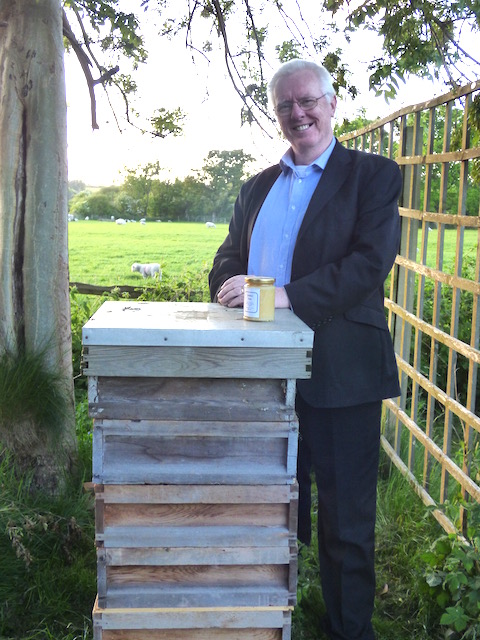
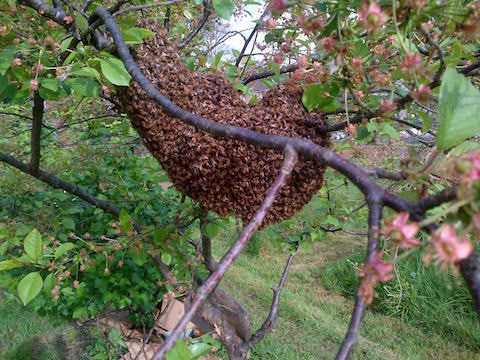
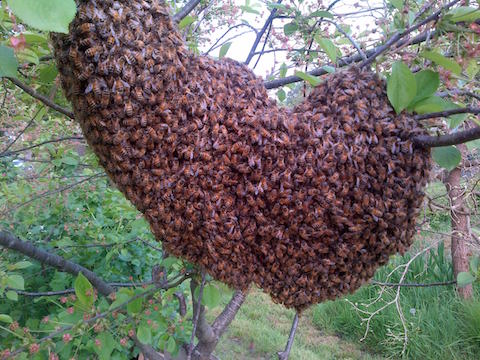
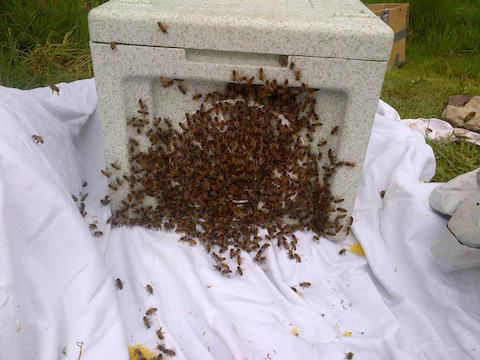
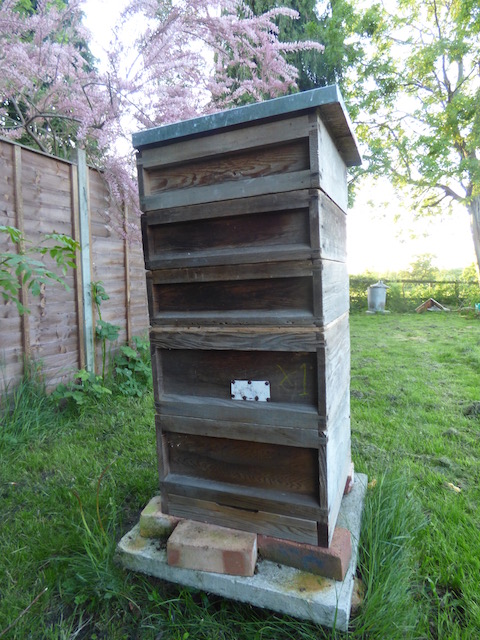






Recent Comments